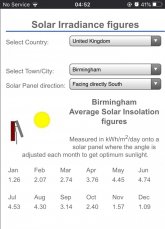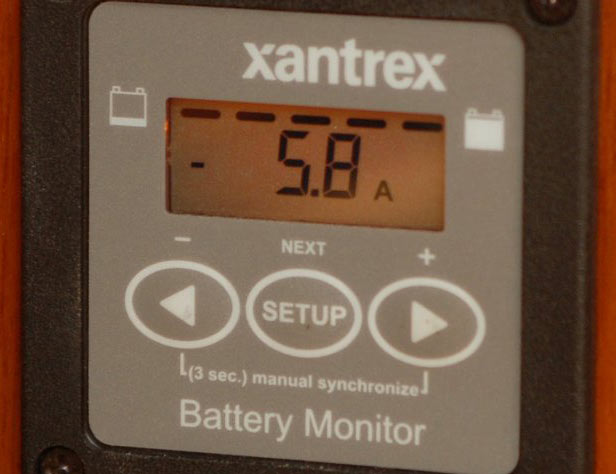Great input on here thank you gents. Someone mentioned wind issues and the old wind deflector, it's getting a sleeper pod fitted as we clack away on the keys. I will be fitting a small wind deflector forward of the first two (left & right) panels .
One interesting point made was the aspect of over panelling. One extra panel being more efficient than tilting a whole bank (in my case 4x230w 2S2P) . In the UK we like to apply KISS so have any of you done the math on tilting vs static flat...???
Power audit was mentioned, good point, it's tricky to get an accurate final usage figure at this stage. Again, I need to way up cost of going DC against domestic 230v AC appliances with inverter. I'm still very much a novice when it comes to solar, still learning loads and subject to making errors if I'm not careful so all this input from you is most valuable, thanks....
One interesting point made was the aspect of over panelling. One extra panel being more efficient than tilting a whole bank (in my case 4x230w 2S2P) . In the UK we like to apply KISS so have any of you done the math on tilting vs static flat...???
Power audit was mentioned, good point, it's tricky to get an accurate final usage figure at this stage. Again, I need to way up cost of going DC against domestic 230v AC appliances with inverter. I'm still very much a novice when it comes to solar, still learning loads and subject to making errors if I'm not careful so all this input from you is most valuable, thanks....







